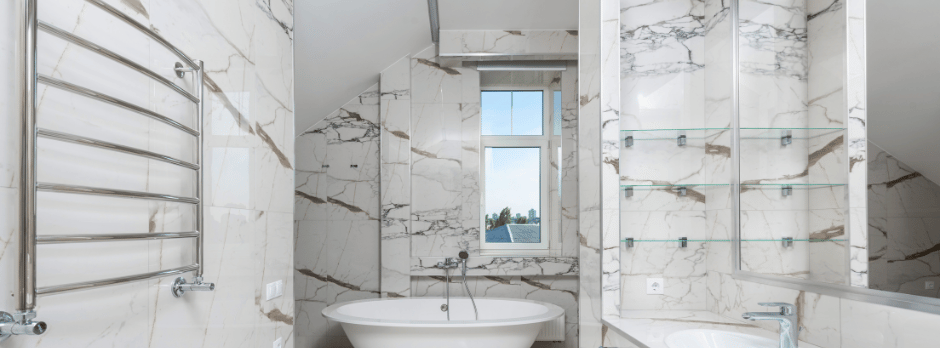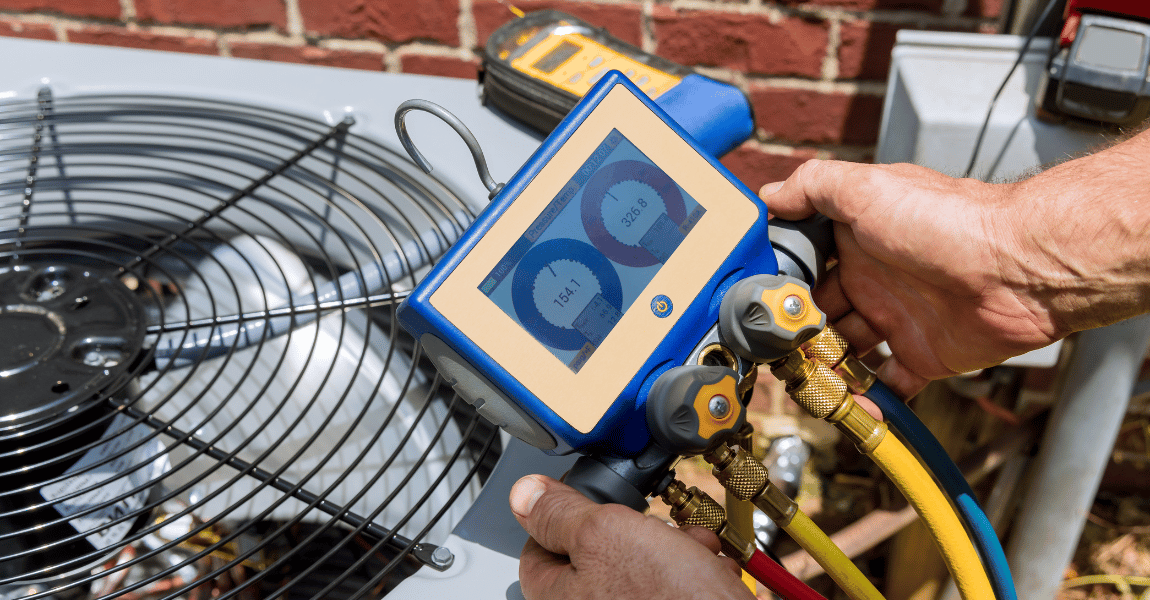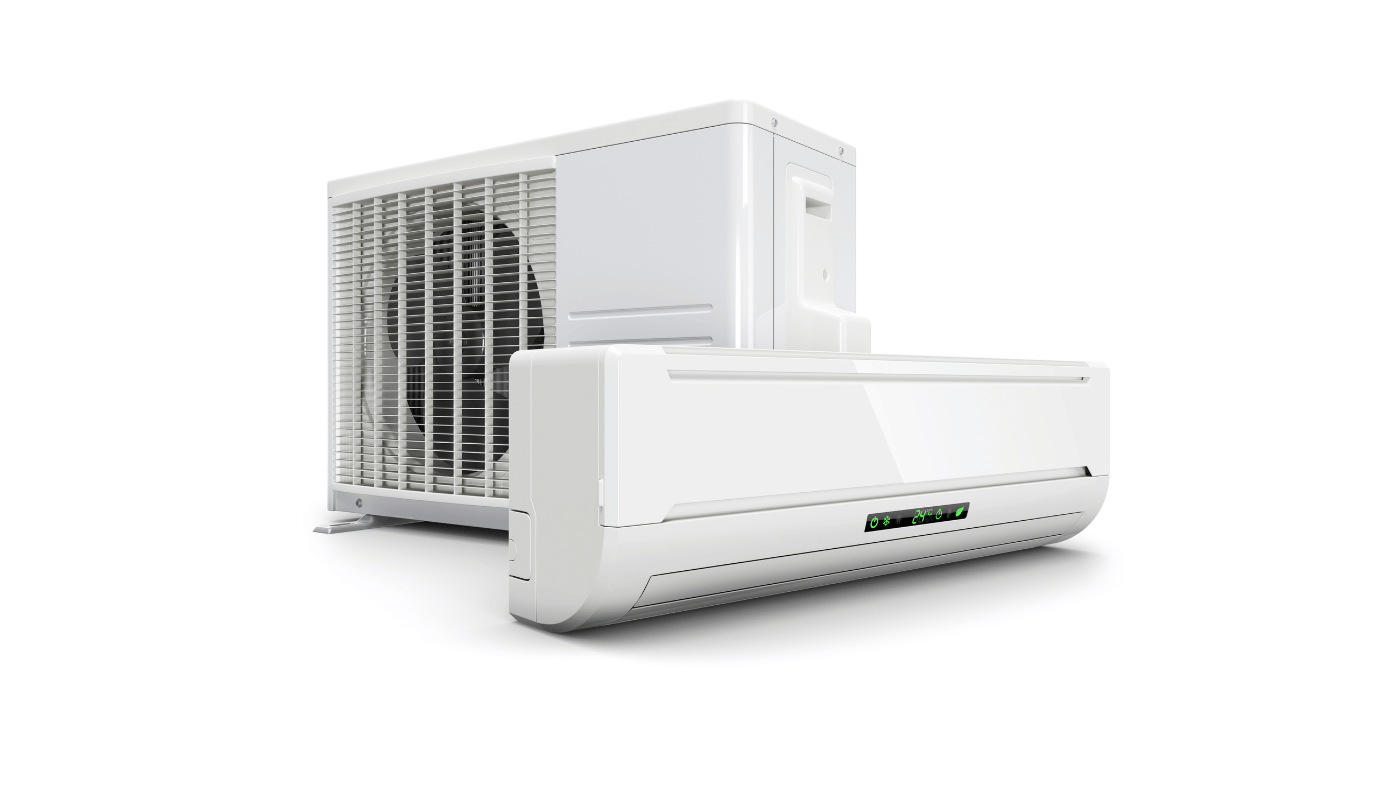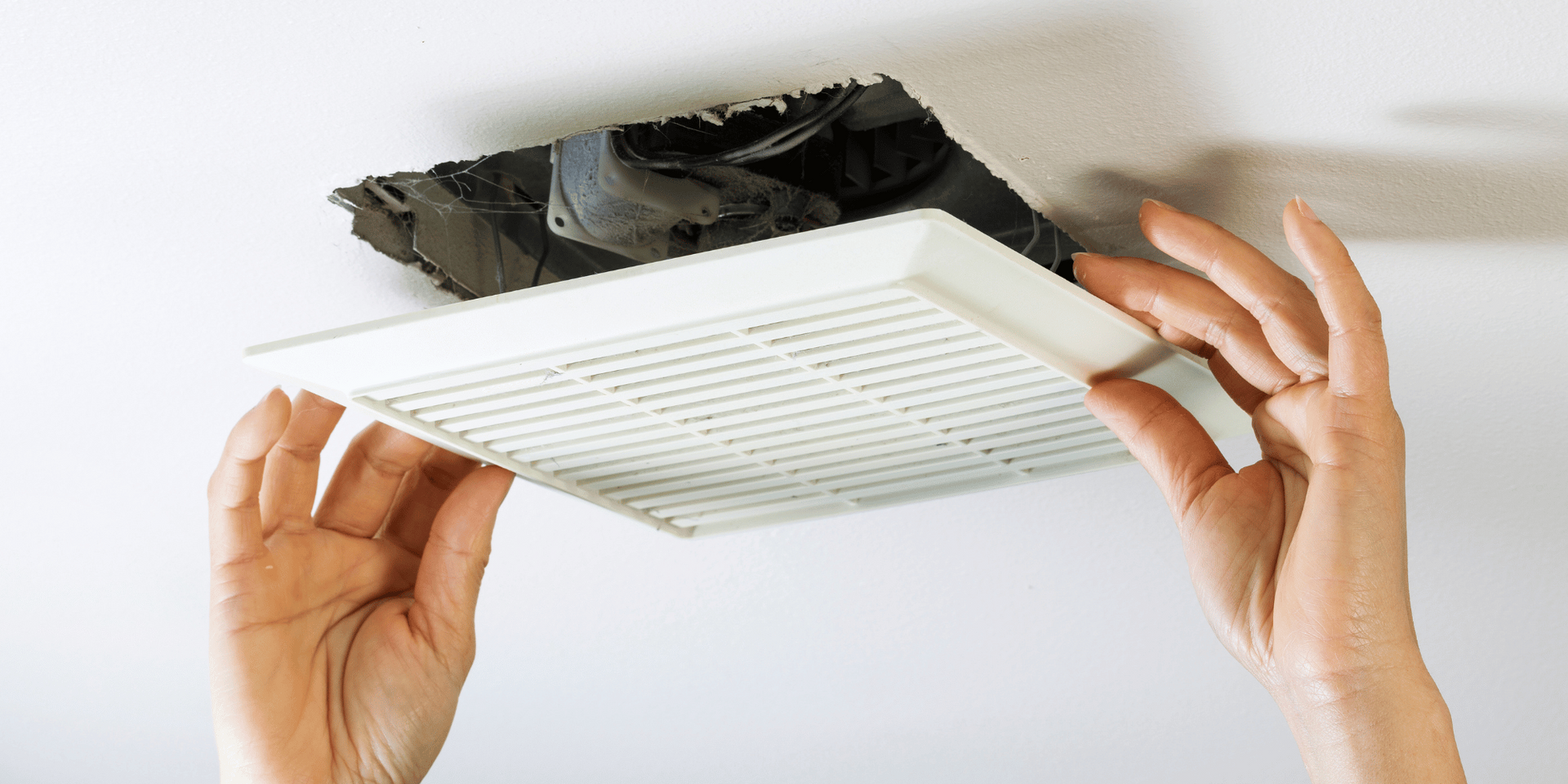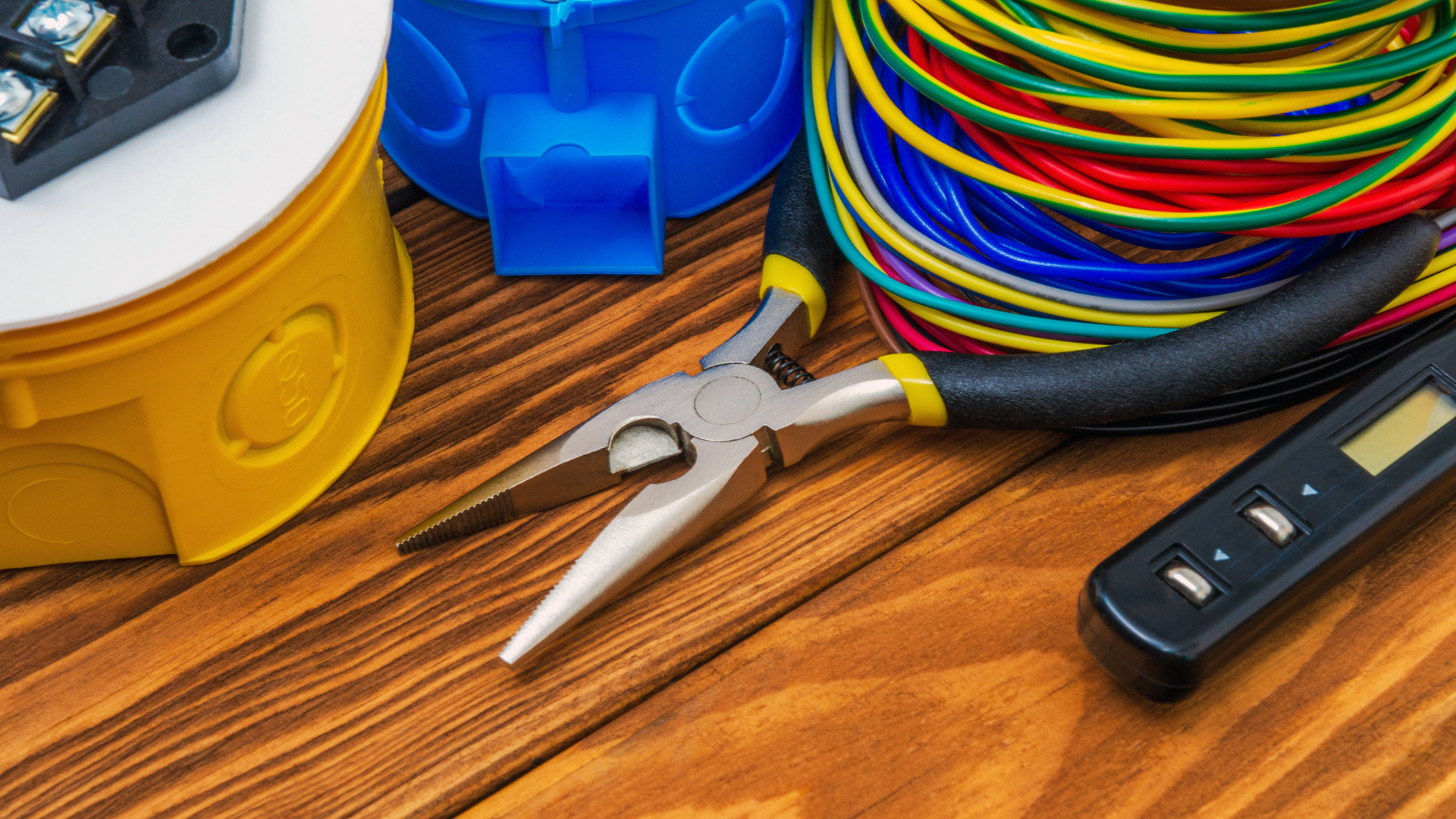Switchboard and Meter Box Replacements
Everything You Need to Know About Switchboard and Meter Box Replacements, Upgrades, and Relocations.

In the heart of every Australian home or business lies a vital yet often overlooked component: the electrical switchboard.
Tucked away in meter boxes or mounted in discrete corners of the property, switchboards are responsible for safely distributing electricity throughout your premises. But as Australia’s energy needs continue to grow—with smart appliances, solar systems, electric vehicles, and energy-hungry devices becoming the norm—many older switchboards and meter boxes are struggling to keep up.
Whether you’re renovating, upgrading to solar, facing recurring electrical faults, or simply ensuring your home complies with modern safety standards, understanding when and why to replace, upgrade, or relocate your switchboard and meter box is crucial. In this article, we’ll break down everything you need to know, specifically in the Australian context.
What is a Switchboard and Meter Box?
The Switchboard
A switchboard is the control centre for your home’s electrical system. It directs electricity from the mains supply to various circuits throughout your property.
It houses critical components such as:
- Circuit breakers or fuses
- Safety switches (RCDs)
Main switch
Surge protection devices (optional)
The Meter Box
The meter box is the enclosure that contains your electricity meter and often houses the switchboard. It's typically located on an external wall, accessible to your energy provider for meter readings, inspections, or upgrades.
Why You Might Need a Switchboard or Meter Box Upgrade.
1. Outdated Fuse Boxes
Many Australian homes, especially those built before the 1980s, still rely on outdated ceramic fuse switchboards. These systems are not equipped to handle the electrical load of modern living and lack essential safety features like RCDs.
Risks include:
- Fire hazards from overheating or overloading
- Electric shocks
- Incompatibility with solar installations or EV chargers
2. Compliance with Australian Standards
The Australian Standard AS/NZS 3000, also known as the Wiring Rules, is frequently updated to reflect current best practices. If your home’s switchboard doesn’t meet the latest regulations, you may need an upgrade—especially when selling your home or performing major renovations.
3. Frequent Tripping or Flickering Lights
If you’re experiencing regular tripping, flickering lights, or buzzing noises from your switchboard, it’s a clear indication that it’s struggling to cope. Upgrading your switchboard helps distribute power more effectively and prevents circuit overload.
4. Home Extensions or Renovations
Any significant electrical expansion—like adding a pool, outdoor kitchen, granny flat, or home office—typically requires switchboard capacity upgrades to safely manage the extra load.
5. Installing Solar Panels or Batteries
Most solar panel systems require a modern switchboard with sufficient room for additional breakers and safety components. An outdated or overloaded switchboard won’t be compatible with your solar inverter, and your energy provider will likely insist on an upgrade.

What's Involved in a Switchboard Upgrade?
A professional switchboard upgrade in Australia involves:
- Removing Old Fuse Boxes: Outdated ceramic fuses are removed and disposed of safely.
- Installing Modern Circuit Breakers & RCDs: These protect against overcurrent and life-threatening electrical faults.
- Labeling Circuits Clearly: For ease of identification in emergencies or maintenance.
- Testing and Certification: Licensed electricians perform rigorous tests and issue compliance certificates.
In most states, including NSW, Victoria, and Queensland, electrical upgrades must be performed by a licensed electrician and lodged with your electricity distributor.
What About Meter Box Replacements or Relocations?
The meter box is more than just a housing unit—it must meet safety and accessibility standards.
Here are common reasons it may need replacement or relocation:
1. Structural Damage or Rust
Australian weather—especially in coastal areas—can cause older meter boxes to rust or corrode. If the box is no longer weatherproof or is physically damaged, replacement is necessary.
2. Not Compliant with Energy Provider Access Rules
Energy providers in Australia require safe and unhindered access to your meter. If your meter is in a garage, under a deck, or behind a locked gate, you may be required to relocate it to an accessible external wall.
3. Renovations or Site Redevelopment
If you’re knocking down walls, adding extensions, or reconfiguring your driveway, your meter box may need to be relocated to meet code requirements and maintain utility access.
4. Switching to a Smart Meter
Many providers now use digital or smart meters. To install these, the meter box must have appropriate space, wiring clearance, and weatherproofing.

Australian Regulations and Safety Requirements
Switchboard and meter box work must comply with Australian Electrical Safety Standards and be carried out by a licensed electrician.
Key Requirements:
- All new installations must include safety switches (RCDs) on all final sub-circuits.
- Smoke alarms in certain states (e.g., QLD) must be hard-wired into circuits, requiring updated switchboards.
Earth stake checks: Proper earthing is mandatory for safety and to prevent electrocution risks.
Asbestos: Some older meter boards in Australia were backed with asbestos-containing materials. Special procedures and disposal regulations apply when removing these.
Before proceeding, your electrician will often lodge a "Request for Service Work" (ROSW) form with your energy distributor, especially if relocating or replacing meters.
How Much Does It Cost to Upgrade or Replace?
Prices will vary based on location, property type, and specific requirements, but here’s a rough estimate:
| Service | Typical Price Range |
|---|---|
| Basic Switchboard Upgrade | $900 - $1,500 |
| Comprehensive Upgrade (with rewiring) | $1,500 - $2,500+ |
| Meter Box Replacement | $400 - $1,200 |
| Switchboard Relocation | $1,500 - $3,000+ |
Note: Additional costs may apply for asbestos removal, trenching, or new consumer mains.
How to Know It's Time for an Upgrade
Here are some signs it’s time to call an electrician:
- Your switchboard uses ceramic fuses
- You see scorch marks, hear buzzing, or smell burning plastic
- Circuit breakers trip frequently
- You're planning a renovation, installing a pool, or adding a solar system
- The meter box is rusted, warped, or no longer weatherproof
- Lights flicker or powerpoints feel warm to touch

Choosing the Right Electrician
Electrical work is not the place to cut corners.
Here’s what to look for:
- Licensed and insured: Check for valid electrical licenses in your state.
- Experience with switchboard and meter work: Not all sparkies specialise in upgrades or relocations.
- Clear quotations: Get itemised quotes to avoid surprise costs.
- Warranties and compliance certificates: Reputable electricians provide workmanship guarantees and submit Certificates of Compliance Electrical Work (CCEW).
Websites like Service NSW, Energy Safe Victoria, or Master Electricians Australia can help you verify credentials.
Benefits of Upgrading Your Switchboard and Meter Box
- Improved safety for you and your family
- Better performance for appliances and modern systems
- Compatibility with solar, battery storage, and EV chargers
- Increased property value—essential for resale or rental compliance
- Peace of mind, knowing your home meets Australian safety standards
Final Thoughts
Your switchboard and meter box may be out of sight, but they should never be out of mind. In Australia’s increasingly tech-reliant homes, ensuring your electrical system is up to date is not just about convenience—it’s about safety, compliance, and future-proofing your property.
If you suspect your system might be outdated or non-compliant, or if you’re planning a renovation, it’s time to speak with a licensed electrician about switchboard and meter box replacements, upgrades, or relocations.
A small investment today could prevent costly repairs—or dangerous faults—tomorrow.

